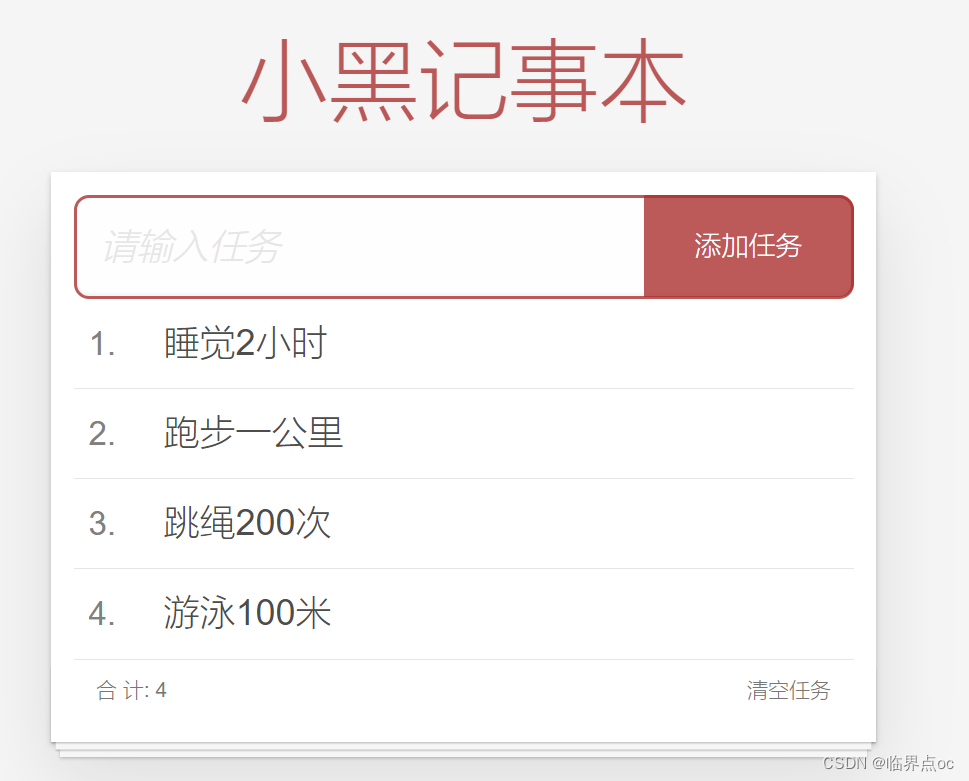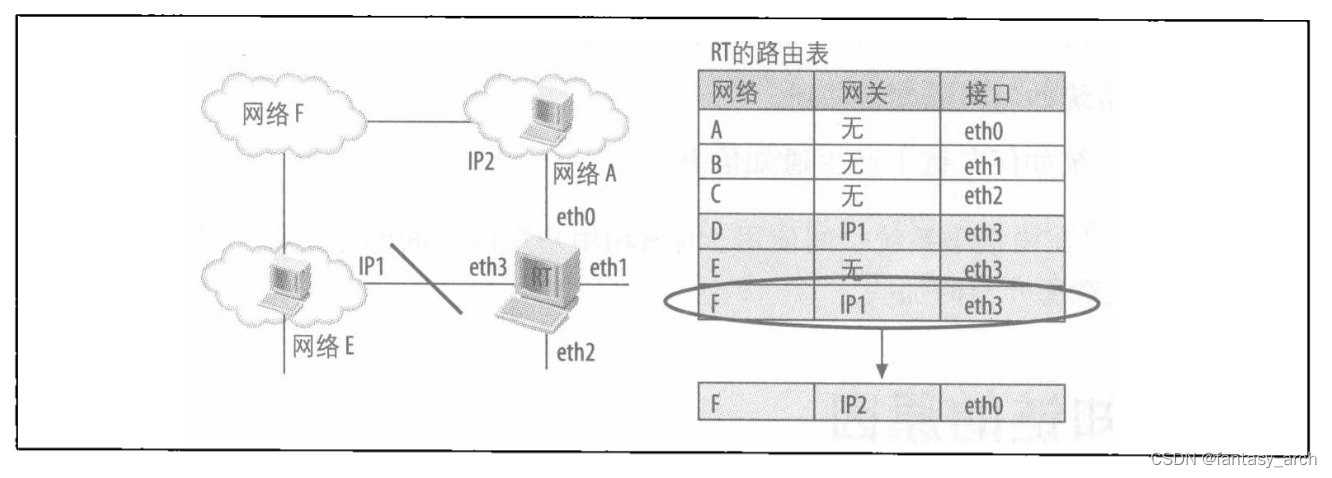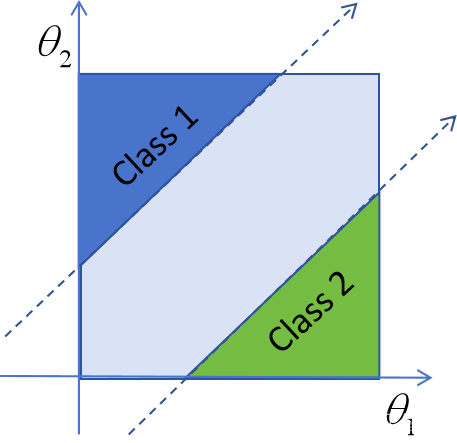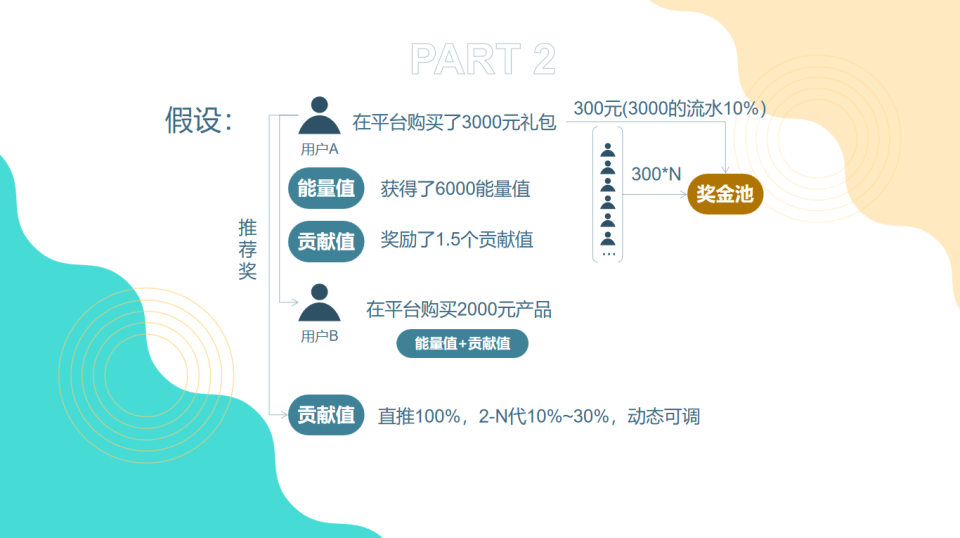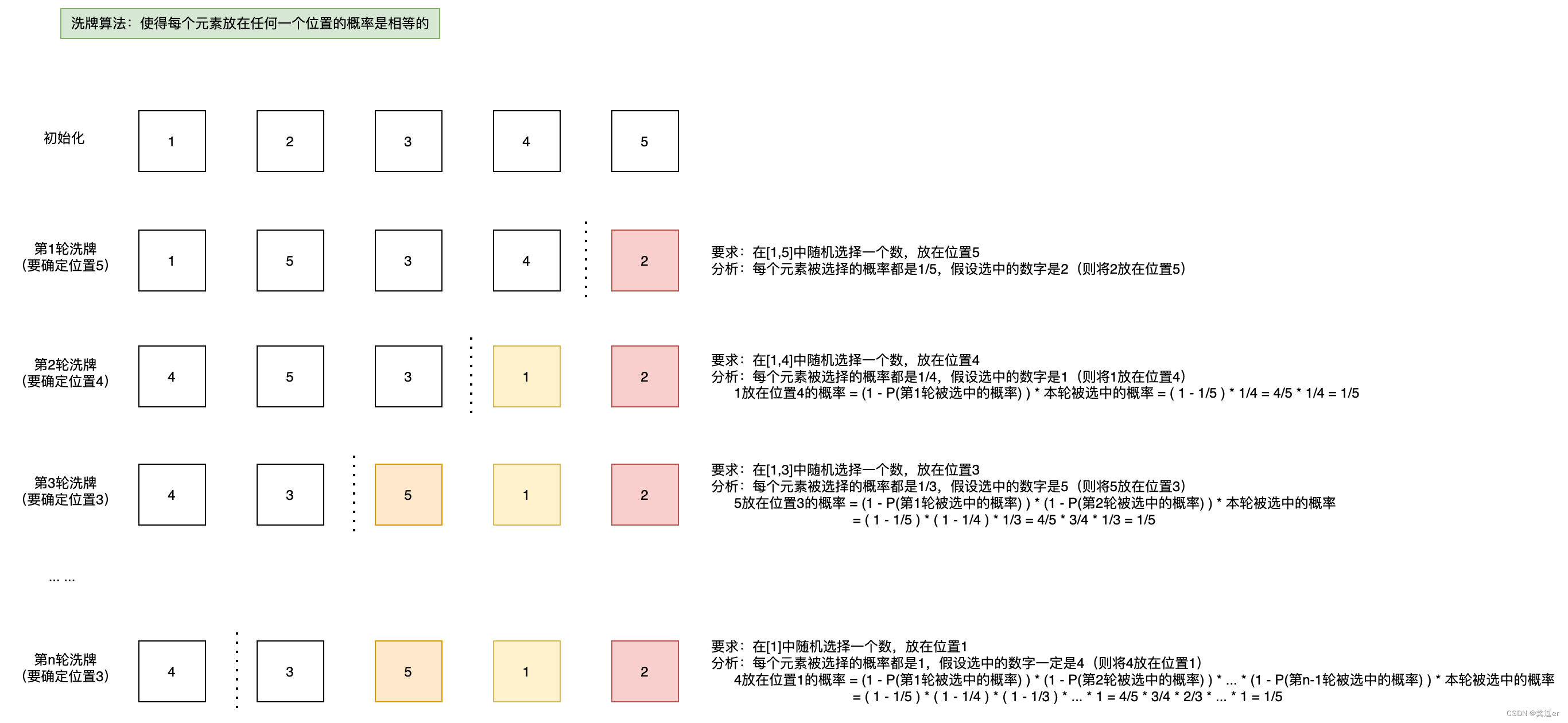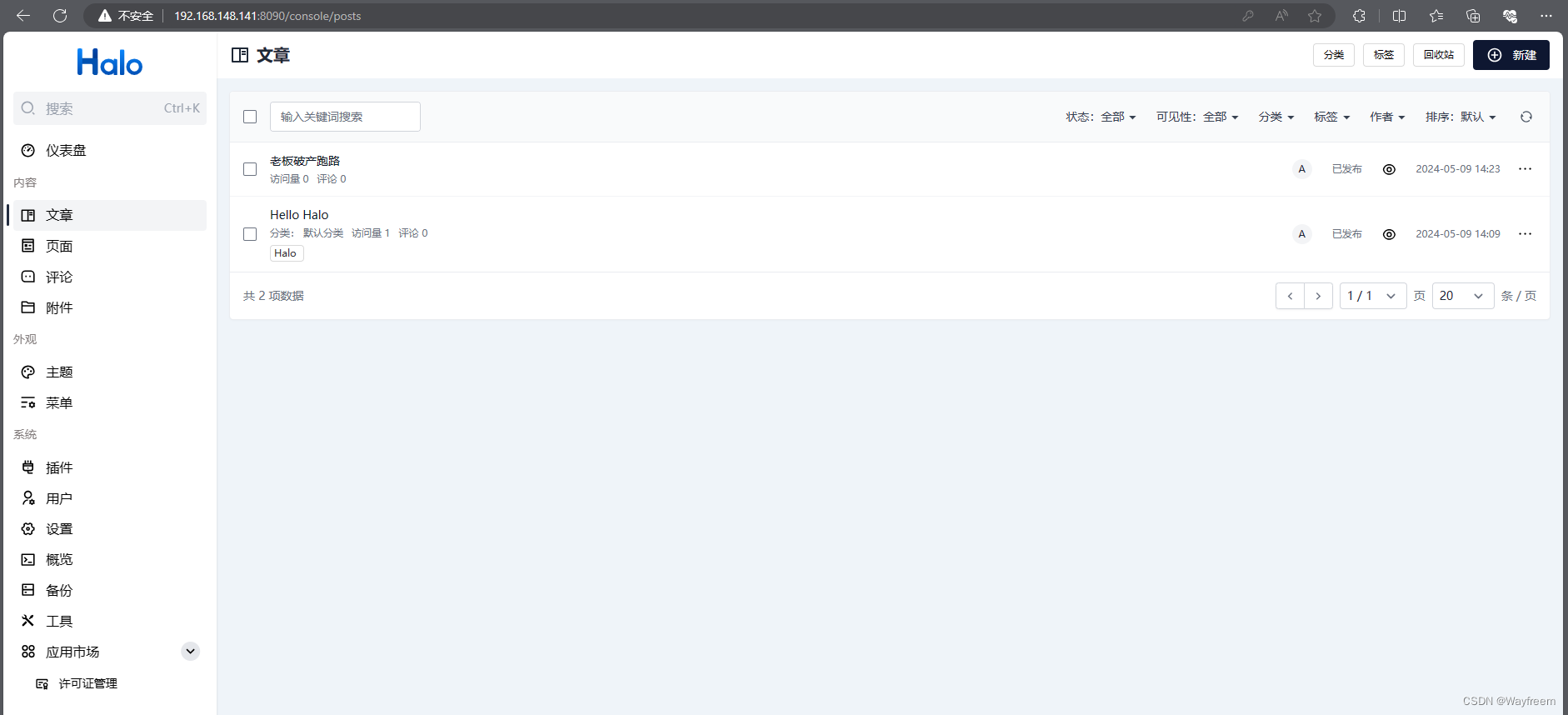✅作者简介:大家好,我是再无B~U~G,一个想要与大家共同进步的男人😉😉
🍎个人主页:再无B~U~G-CSDN博客
目标:
1.掌握LinkedList
2.简单模拟实现LinkedList
1.LinkedList的使用
1.1 什么是LinkedList
LinkedList 的官方文档
LinkedList 的底层是双向链表结构 ( 链表后面介绍 ) ,由于链表没有将元素存储在连续的空间中,元素存储在单独的节点中,然后通过引用将节点连接起来了,因此在在任意位置插入或者删除元素时,不需要搬移元素,效率比较高。
双向不循环链表图:

在集合框架中,LinkedList也实现了List接口,具体如下:
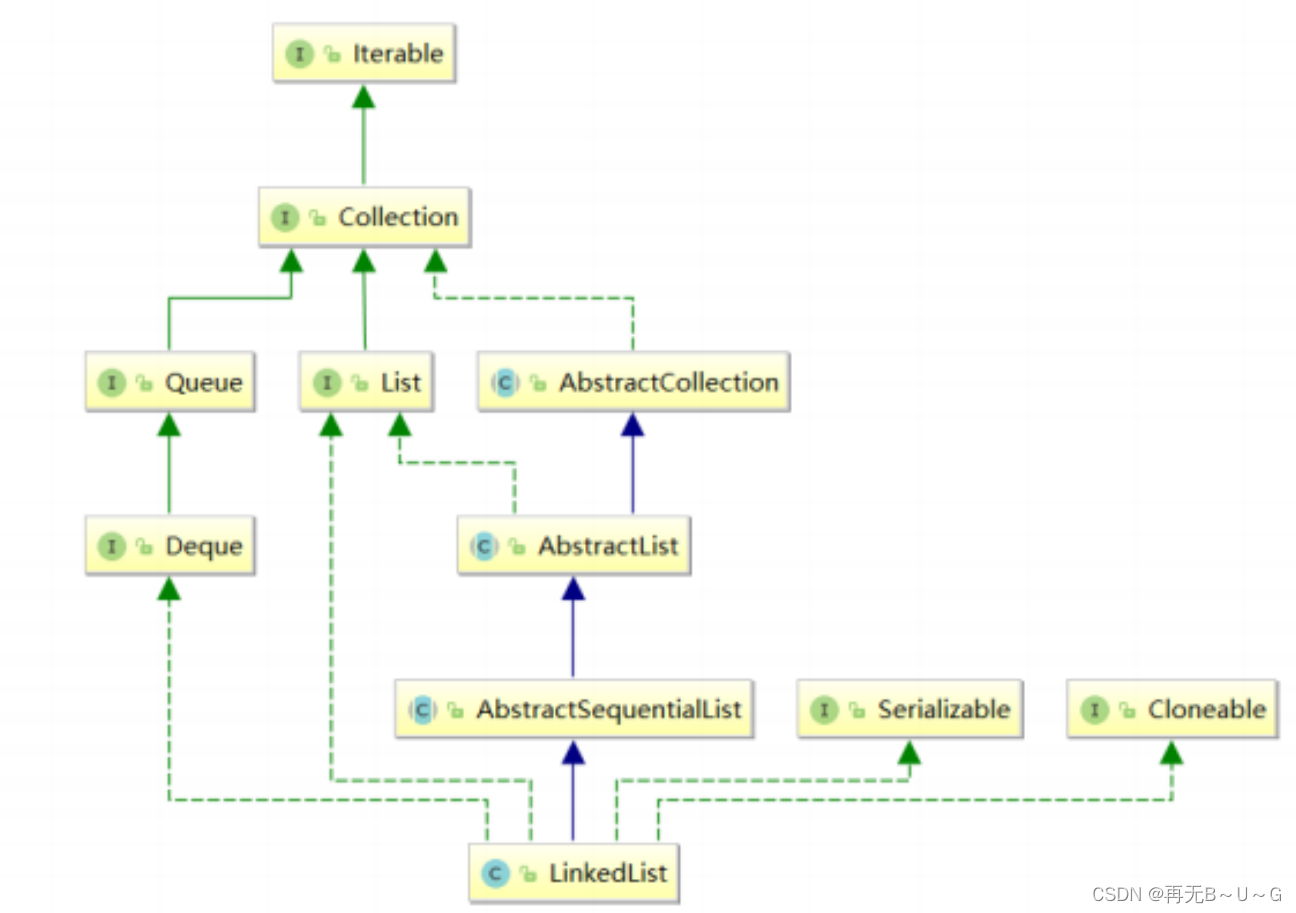
【说明】
1. LinkedList 实现了 List 接口2. LinkedList 的底层使用了双向链表3. LinkedList 没有实现 RandomAccess 接口,因此 LinkedList 不支持随机访问4. LinkedList 的任意位置插入和删除元素时效率比较高,不用移动(时间复杂度为 O(1))5. LinkedList比较适合任意位置插入的场景
2 LinkedList的使用
2.1. LinkedList的构造
| 方法 | 解释 |
| LinkedList () | 无参构造 |
| public LinkedList(Collection<? extends E> c) | 使用其他集合容器中元素构造 List |
public static void main(String[] args) {// 构造一个空的LinkedListList<Integer> list1 = new LinkedList<>();List<String> list2 = new java.util.ArrayList<>();list2.add("JavaSE");list2.add("JavaWeb");list2.add("JavaEE");// 使用ArrayList构造LinkedListList<String> list3 = new LinkedList<>(list2);
}2.2. LinkedList的其他常用方法介绍
| 方法 | 解释 |
| boolean add (E e) | 尾插 e |
| void add (int index, E element) | 将 e 插入到 index 位置 |
| boolean addAll (Collection<? extends E> c) | 尾插 c 中的元素 |
| E remove (int index) | 删除 index 位置元素 |
| boolean remove (Object o) | 删除遇到的第一个 o |
| E get (int index) | 获取下标 index 位置元素 |
| E set (int index, E element) | 将下标 index 位置元素设置为 element |
| void clear () | 清空 |
| boolean contains (Object o) | 判断 o 是否在线性表中 |
| int indexOf (Object o) | 返回第一个 o 所在下标 |
| int lastIndexOf (Object o) | 返回最后一个 o 的下标 |
| List<E> subList (int fromIndex, int toIndex) | 截取部分 list |
public static void main(String[] args) {LinkedList<Integer> list = new LinkedList<>();list.add(1); // add(elem): 表示尾插list.add(2);list.add(3);list.add(4);list.add(5);list.add(6);list.add(7);System.out.println(list.size());System.out.println(list);// 在起始位置插入0list.add(0, 0); // add(index, elem): 在index位置插入元素elemSystem.out.println(list);list.remove(); // remove(): 删除第一个元素,内部调用的是removeFirst()list.removeFirst(); // removeFirst(): 删除第一个元素list.removeLast(); // removeLast(): 删除最后元素list.remove(1); // remove(index): 删除index位置的元素System.out.println(list);// contains(elem): 检测elem元素是否存在,如果存在返回true,否则返回falseif(!list.contains(1)){list.add(0, 1);}list.add(1);System.out.println(list);System.out.println(list.indexOf(1)); // indexOf(elem): 从前往后找到第一个elem的位置System.out.println(list.lastIndexOf(1)); // lastIndexOf(elem): 从后往前找第一个1的位置int elem = list.get(0); // get(index): 获取指定位置元素list.set(0, 100); // set(index, elem): 将index位置的元素设置为elemSystem.out.println(list);// subList(from, to): 用list中[from, to)之间的元素构造一个新的LinkedList返回List<Integer> copy = list.subList(0, 3); System.out.println(list);System.out.println(copy);list.clear(); // 将list中元素清空System.out.println(list.size());
}2.3. LinkedList的遍历
public static void main(String[] args) {LinkedList<Integer> list = new LinkedList<>();list.add(1); // add(elem): 表示尾插list.add(2);list.add(3);list.add(4);list.add(5);System.out.println(list.size());//正常遍历for (int i = 0; i < size; i++) {System.out.print(list.get(i)+" ");//list.remove(i);}// foreach遍历for (int e:list) {System.out.print(e + " ");}System.out.println("====Iterator===");Iterator<Integer> it = list.iterator();while (it.hasNext()) {System.out.print(it.next() +" ");}System.out.println();// 使用迭代器遍历---正向遍历ListIterator<Integer> it = list.listIterator();while(it.hasNext()){System.out.print(it.next()+ " ");}System.out.println();// 使用反向迭代器---反向遍历ListIterator<Integer> rit = list.listIterator(list.size());while (rit.hasPrevious()){System.out.print(rit.previous() +" ");}System.out.println();
}
3. ArrayList和LinkedList的区别
| 不同点 | ArrayList | LinkedList |
| 存储空间上 | 物理上一定连续 | 逻辑上连续,但物理上不一定连续 |
| 随机访问 | 支持 O(1) | 不支持: O(N) |
| 头插 | 需要搬移元素,效率低 O(N) | 只需修改引用的指向,时间复杂度为O(1) |
| 插入 | 空间不够时需要扩容 | 没有容量的概念 |
| 应用场景 | 元素高效存储 + 频繁访问 | 任意位置插入和删除频繁 |
4.LinkedList的模拟实现
总体结构

4.1双向链表代码节点结构
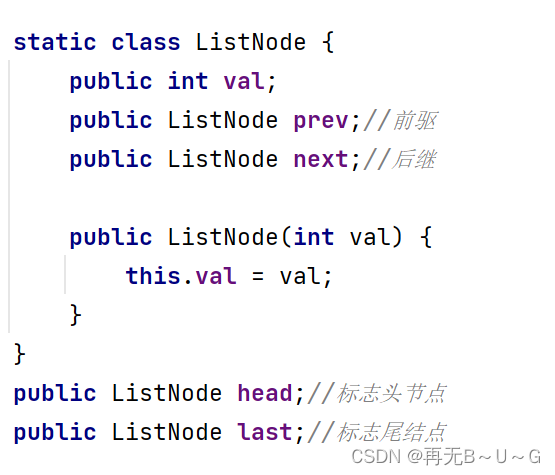
4.2得到双向链表的长度
遍历打印

4.3查找是否包含关键字key是否在单链表当中

4.4头插法

4.5尾插法

4.6任意位置前面插入
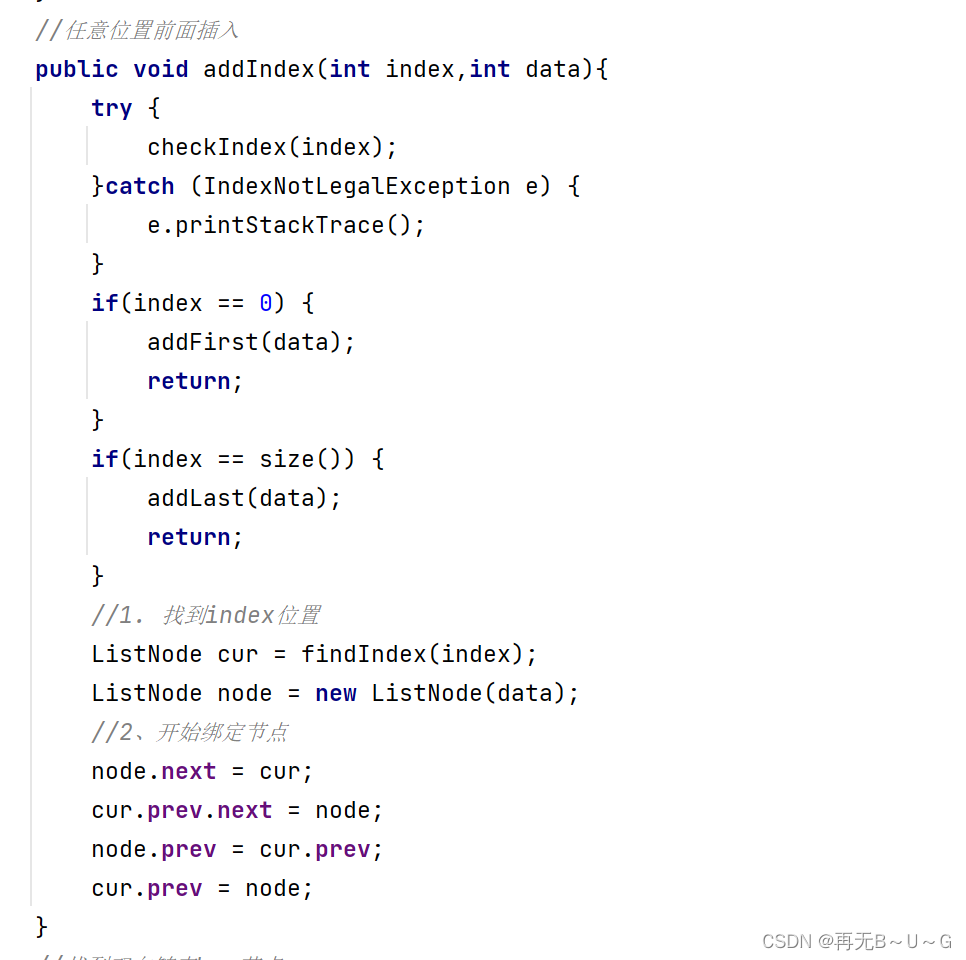
附带两个私有函数
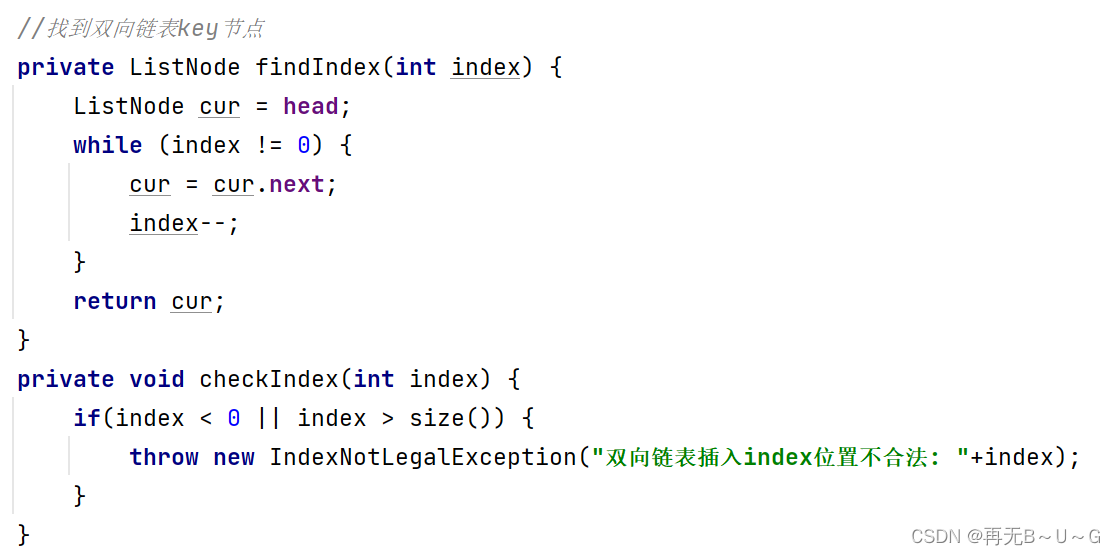
4.7删除第一次出现关键字为key的节点
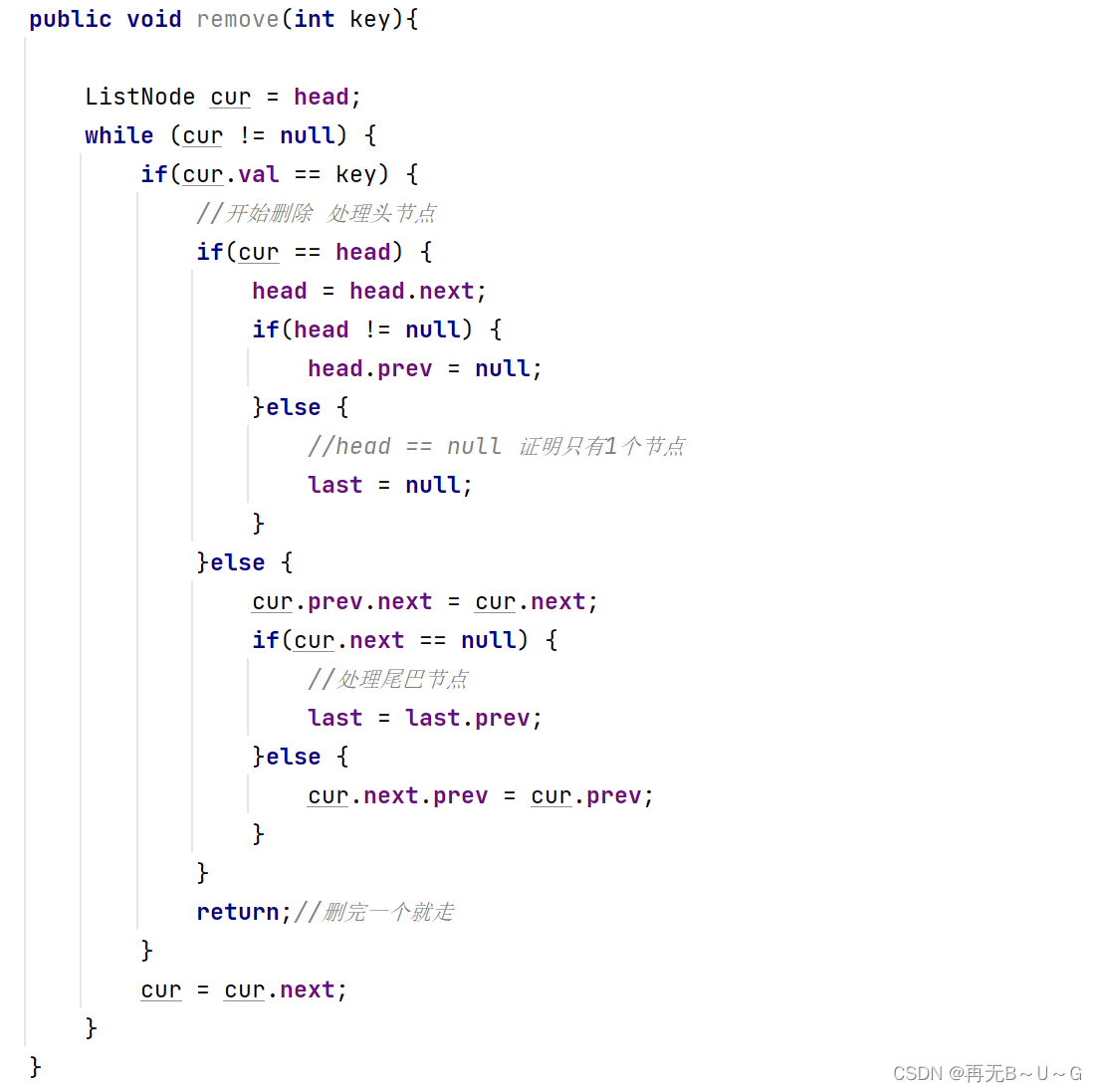
4.8删除所有值为key的节点
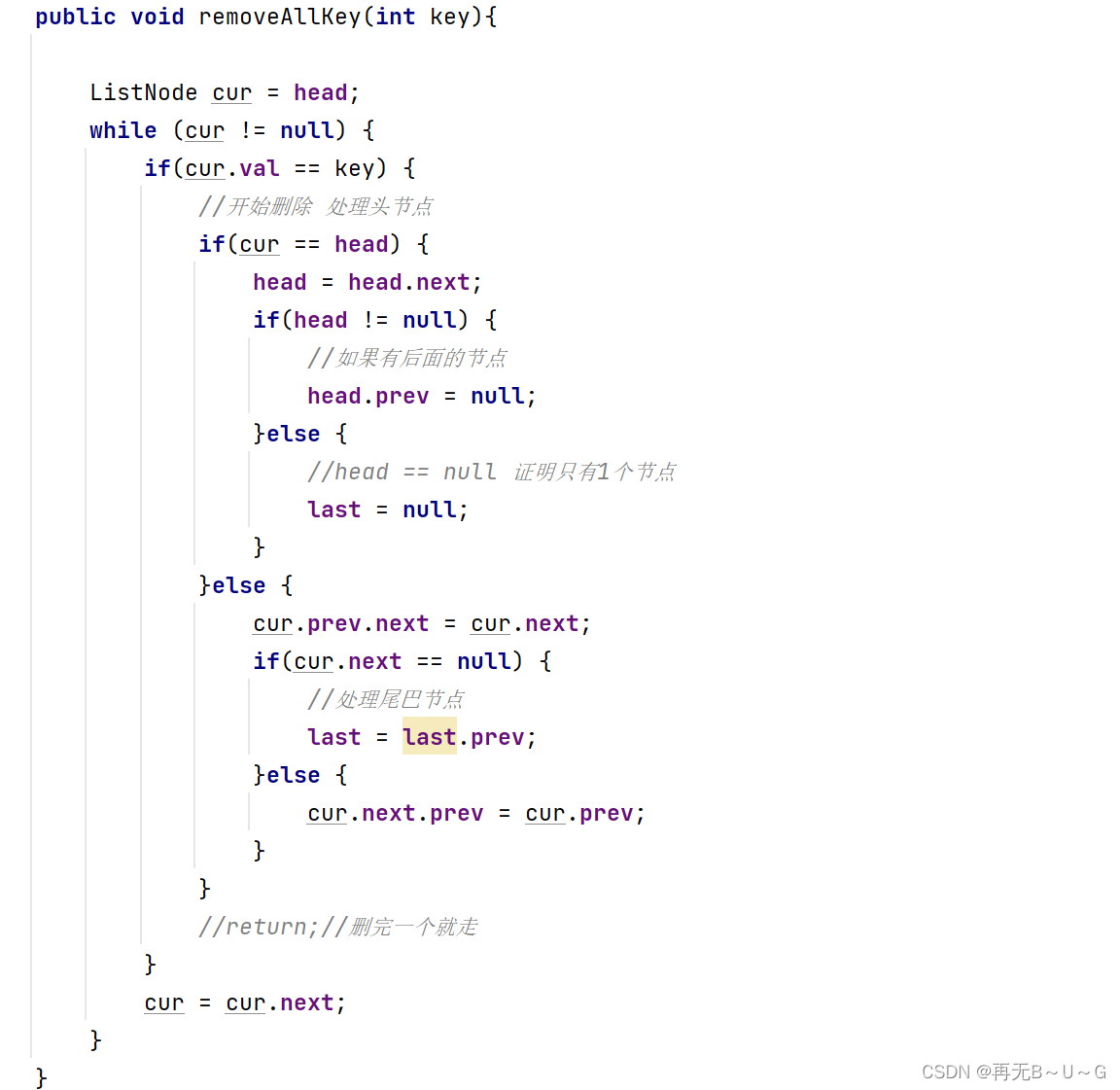
4.9释放链表
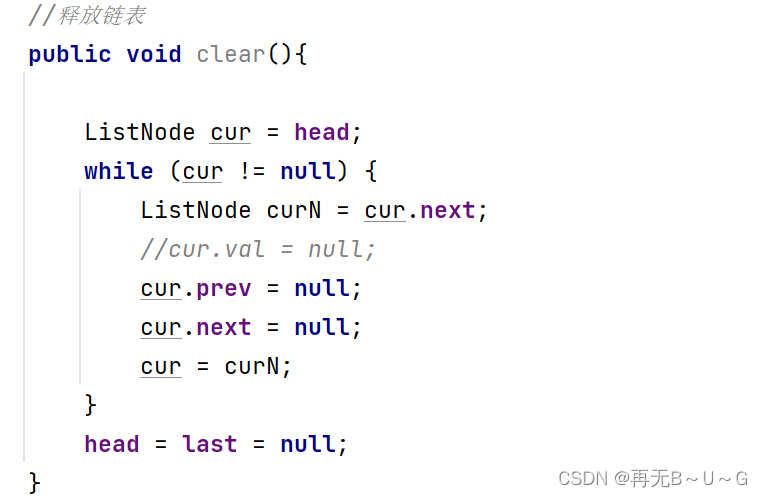
在IDEA中,LinkedList的底层逻辑是双向链表,可以当做栈和堆使用。
5.代码
MyLinkedList类
public class MyLinkedList {static class ListNode {public int val;public ListNode prev;//前驱public ListNode next;//后继public ListNode(int val) {this.val = val;}}public ListNode head;//标志头节点public ListNode last;//标志尾结点//得到双向链表的长度public int size(){int count = 0;ListNode cur = head;while (cur != null) {count++;cur = cur.next;}return count;}//打印链表public void display(){ListNode cur = head;while (cur != null) {System.out.print(cur.val+" ");cur = cur.next;}System.out.println();}//查找是否包含关键字key是否在单链表当中public boolean contains(int key){ListNode cur = head;while (cur != null) {if(cur.val == key) {return true;}cur = cur.next;}return false;}//头插法public void addFirst(int data){ListNode node = new ListNode(data);if(head == null) {//是不是第一次插入节点head = last = node;}else {node.next = head;head.prev = node;head = node;}}//尾插法public void addLast(int data){ListNode node = new ListNode(data);if(head == null) {//是不是第一次插入节点head = last = node;}else {last.next = node;node.prev = last;last = last.next;}}//任意位置前面插入public void addIndex(int index,int data){try {checkIndex(index);}catch (IndexNotLegalException e) {e.printStackTrace();}if(index == 0) {addFirst(data);return;}if(index == size()) {addLast(data);return;}//1. 找到index位置ListNode cur = findIndex(index);ListNode node = new ListNode(data);//2、开始绑定节点node.next = cur;cur.prev.next = node;node.prev = cur.prev;cur.prev = node;}//找到双向链表key节点private ListNode findIndex(int index) {ListNode cur = head;while (index != 0) {cur = cur.next;index--;}return cur;}private void checkIndex(int index) {if(index < 0 || index > size()) {throw new IndexNotLegalException("双向链表插入index位置不合法: "+index);}}//删除第一次出现关键字为key的节点public void remove(int key){ListNode cur = head;while (cur != null) {if(cur.val == key) {//开始删除 处理头节点if(cur == head) {head = head.next;if(head != null) {head.prev = null;}else {//head == null 证明只有1个节点last = null;}}else {cur.prev.next = cur.next;if(cur.next == null) {//处理尾巴节点last = last.prev;}else {cur.next.prev = cur.prev;}}return;//删完一个就走}cur = cur.next;}}//删除所有值为key的节点public void removeAllKey(int key){ListNode cur = head;while (cur != null) {if(cur.val == key) {//开始删除 处理头节点if(cur == head) {head = head.next;if(head != null) {//如果有后面的节点head.prev = null;}else {//head == null 证明只有1个节点last = null;}}else {cur.prev.next = cur.next;if(cur.next == null) {//处理尾巴节点last = last.prev;}else {cur.next.prev = cur.prev;}}//return;//删完一个就走}cur = cur.next;}}//释放链表public void clear(){ListNode cur = head;while (cur != null) {ListNode curN = cur.next;//cur.val = null;cur.prev = null;cur.next = null;cur = curN;}head = last = null;}}
IndexNotLegalException类
public class IndexNotLegalException extends RuntimeException{public IndexNotLegalException() {}public IndexNotLegalException(String message) {super(message);}
}
Test类
import java.util.LinkedList;
import java.util.List;
//双向链表
public class Test {public static void main(String[] args) {MyLinkedList myLinkedList = new MyLinkedList();myLinkedList.addLast(1);myLinkedList.addLast(2);myLinkedList.addLast(3);myLinkedList.addLast(4);myLinkedList.addLast(5);myLinkedList.addIndex(3,99);myLinkedList.addLast(1);myLinkedList.addLast(1);myLinkedList.addLast(1);myLinkedList.addLast(1);myLinkedList.removeAllKey(1);myLinkedList.display();}
}
好了今天就到这里了,感谢观看。


